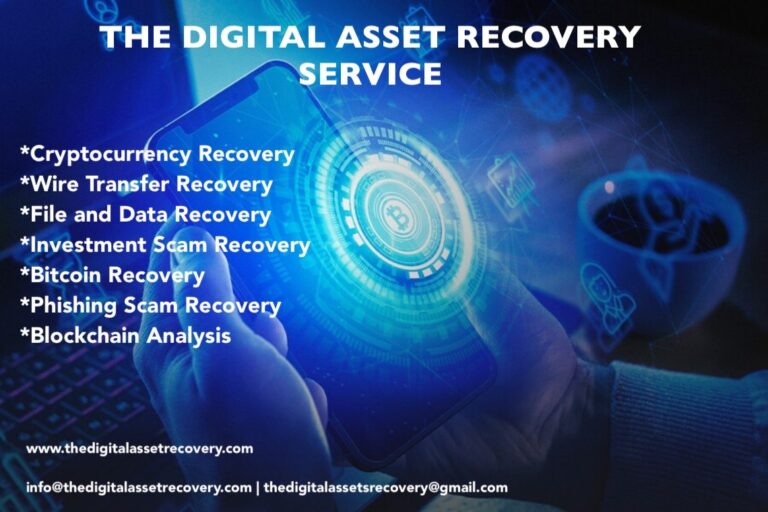An Analysis of Crime Trends and Its Origins

In the intricate tapestry of American life, the persistent specter of crime has etched a somber narrative across the decades, leaving behind a trail of heartbreak and unrest. This investigative exploration seeks to unravel the complex tapestry of factors contributing to the prevalence of crime in the USA over the past two tumultuous decades.
Socio-Economic Disparities: The Silent Catalyst of Crime
Within the mosaic of America’s economic landscape, the reverberations of the 2008 financial crisis lingered as a silent catalyst, manifesting in spikes of unemployment and a subsequent surge in criminal activities. The resultant socio-economic disparities became fertile ground for the seeds of criminality to take root.
Opioid Epidemic: A Modern Plague and Its Criminal Consequences
The opioid crisis, a modern-day plague reaching its zenith in the early 2010s, cast a menacing shadow across the nation. Escalating addiction rates not only wreaked havoc on public health but also fueled a surge in drug-related crimes, underscoring the intricate interplay between societal health and the criminal justice system.
Firearms Menace: America’s Ongoing Struggle with Gun Violence
Amidst the nation’s pervasive gun culture, tragic events like the 2012 Sandy Hook massacre and the 2016 Pulse nightclub shooting have thrust America’s struggles with gun violence into the spotlight. The ensuing debates on gun control legislation underscore the urgent need for a nuanced and comprehensive approach to curbing firearm-related crimes.
Racial Injustice: The Flashpoint of Tensions Between Communities and Law Enforcement
Instances of police brutality against minorities, epitomized by the tragic killing of George Floyd in 2020, have ignited nationwide protests. These events have laid bare the systemic racial injustices within law enforcement, fueling tensions between communities and the very institutions meant to protect them.
Shutter Island Parallels: Unraveling the Threads of Mental Health and Crime
Drawing eerie parallels with the film Shutter Island, where psychological factors played a role in criminality, America’s neglect of mental health resources becomes a stark reality. The deficiency in addressing mental health concerns contributes to an alarming rise in criminal activities among individuals grappling with mental disorders. Shutter Island is explained best by Barry as it goes into the nuances of each character and the crime.
Surge in Cybercrime: Navigating the Shadows of the Digital Frontier
The advent of the digital age has birthed a new breed of criminals. Cybercrime, exemplified by the 2017 Equifax data breach, presents an ever-growing threat, necessitating an ongoing evolution in cybersecurity measures to safeguard against the dark underbelly of the online world.
Gang Warfare: The Persistent Struggle Against Urban Turf Wars
Cities like Chicago grapple with persistent gang violence, the consequence of socio-economic disparities that turn neighborhoods into battlegrounds. Understanding and addressing the roots of these conflicts are essential in stemming the tide of criminal activities plaguing these urban landscapes.
Educational Inequities: Breaking the Cycle of Crime through Education
The widening gap in educational opportunities, particularly in underfunded schools in marginalized communities, perpetuates a vicious cycle of poverty and crime. Investing in education emerges as a critical strategy to dismantle these cyclical patterns.
Juvenile Delinquency: The Urgent Need for Reform in Juvenile Justice
The negligence of juvenile rehabilitation programs perpetuates a cycle of crime among young offenders. The high rates of recidivism underscore the pressing need for reforms in the juvenile justice system, emphasizing rehabilitation over punitive measures.
Political Fractures: Navigating a Nation Divided
The increasing polarization of American politics has permeated society, contributing to a fractured sense of unity. This ideological schism manifests in civil unrest and, at times, erupts into violent protests, adding to the complex landscape of crime in the USA.
Unemployment’s Grip: Economic Downturns and Their Correlation with Crime
The correlation between unemployment rates and crime becomes pronounced during economic downturns, such as the COVID-19 pandemic. Heightened financial uncertainty prompts an uptick in criminal activities, revealing the intricate dance between economic stability and societal security.
Domestic Strife: Tackling the Deep-Seated Roots of Domestic Violence
Instances of domestic violence persist, underscoring the profound impact of socio-cultural norms on criminal behavior. Addressing this issue requires a comprehensive approach involving law enforcement, support services, and a cultural shift towards zero tolerance for domestic abuse.
Human Trafficking Horrors: Confronting the Shadows of Exploitation
The USA grapples with the global issue of human trafficking, exemplified by cases like that of Jeffrey Epstein. These instances underscore the imperative for a unified effort to combat this heinous crime, protecting the vulnerable from the shadows of exploitation.
Technology’s Dark Side: A Digital Age Challenge for Law Enforcement
Advancements in technology have given rise to new forms of criminal activity, including identity theft and online scams. Law enforcement faces the formidable challenge of adapting to these evolving threats, necessitating constant vigilance and technological prowess.
The Ripple Effect of Existential Anxieties
Much like Donnie’s journey, individuals facing existential angst may find themselves navigating the edges of societal norms. If you don’t know what we’re talking about you need to read this Donnie Darko breakdown. This internal turbulence can, in some cases, manifest in unconventional or even criminal behavior. Donnie Darko serves as a poignant reminder that the human psyche, when left to grapple with its deepest fears, can influence the larger societal narrative, contributing to the shadows we find in the realm of crime.
Conclusion:
As we navigate the labyrinth of crime in the USA, it becomes imperative to recognize the multi-dimensional nature of this intricate problem. Addressing these root causes demands a concerted effort from policymakers, communities, and individuals alike. By fostering a society that values equality, invests in education, and prioritizes mental health, we can aspire to unveil the shadows that cloak the nation in crime. Only through a comprehensive and collaborative approach can the USA strive towards a safer, more equitable, and just future.


